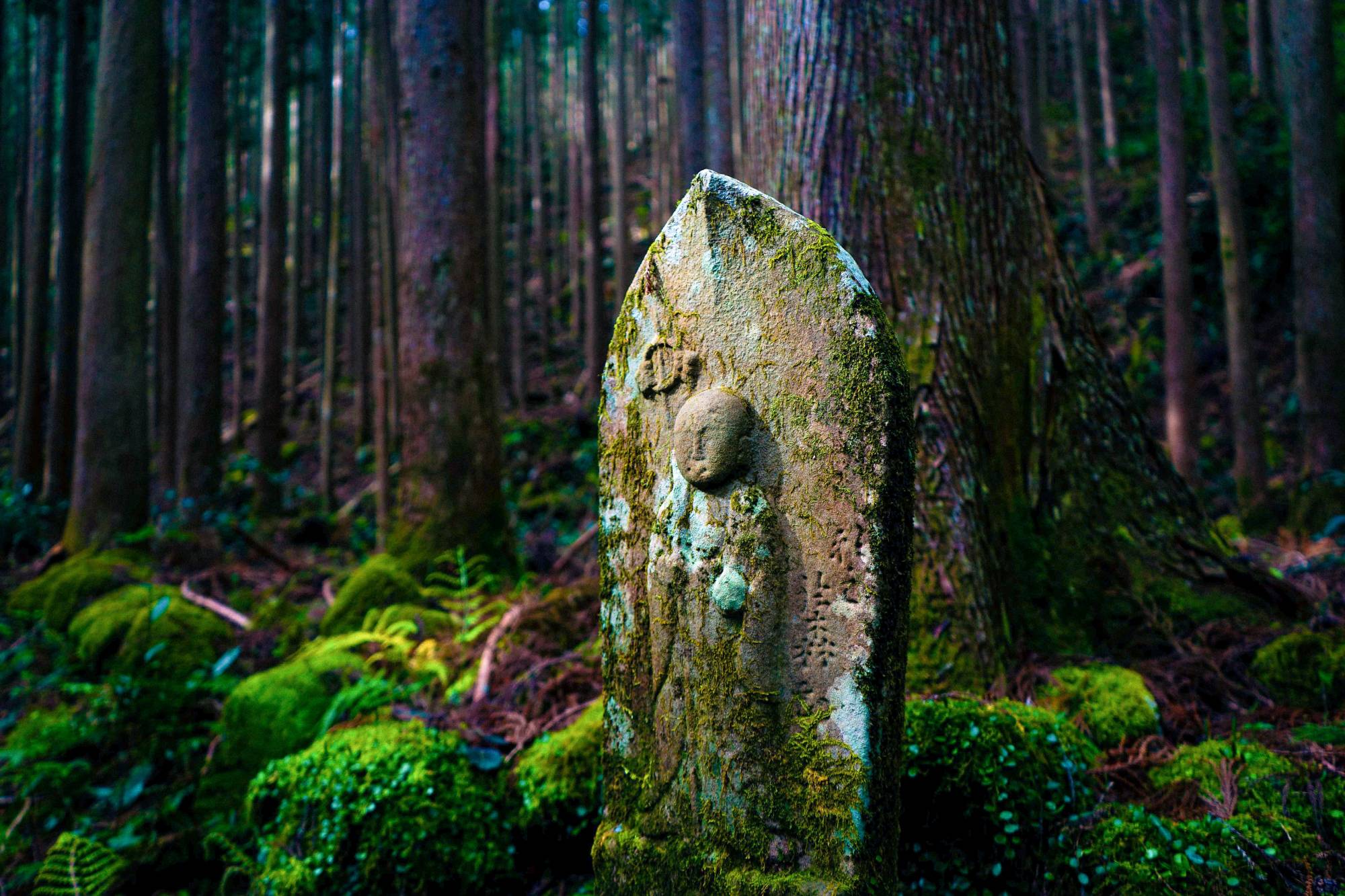Wakayama Prefecture doesn’t just feel like a spiritual place, it is spiritual. On its northern borders are holy sites such as the Ise Grand Shrine in Mie Prefecture and Todaiji Temple in Nara Prefecture, which houses Japan’s largest Buddha statue. However, as you travel deeper into Wakayama itself, both the awesome natural surroundings and the proliferation of historic religious sites can provide a sense of spirituality to a lone traveler like myself.
Vast swaths of forested mountains stretch out across sparsely populated territory, from Mount Gomadan on the border with Nara to Asaki Shrine, which is situated on the southernmost tip of Honshu. In between, ancient shrines dot the lush, mountainous region, honoring the local gods of mountain, forest and sea, and Buddhist temples welcome those seeking enlightenment.
In Shingon Buddhism, headquartered at Kongobuji temple on Mount Koya, enlightenment is not a distant dream that takes many lifetimes to attain, but a real possibility for all of us in this world. The combination of breathtaking scenery, remoteness and dedicated spiritual practice makes Wakayama a truly spiritual place in Japan — one quite unlike any I have experienced abroad.

















With your current subscription plan you can comment on stories. However, before writing your first comment, please create a display name in the Profile section of your subscriber account page.